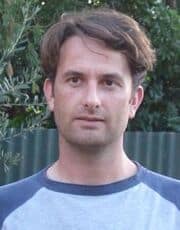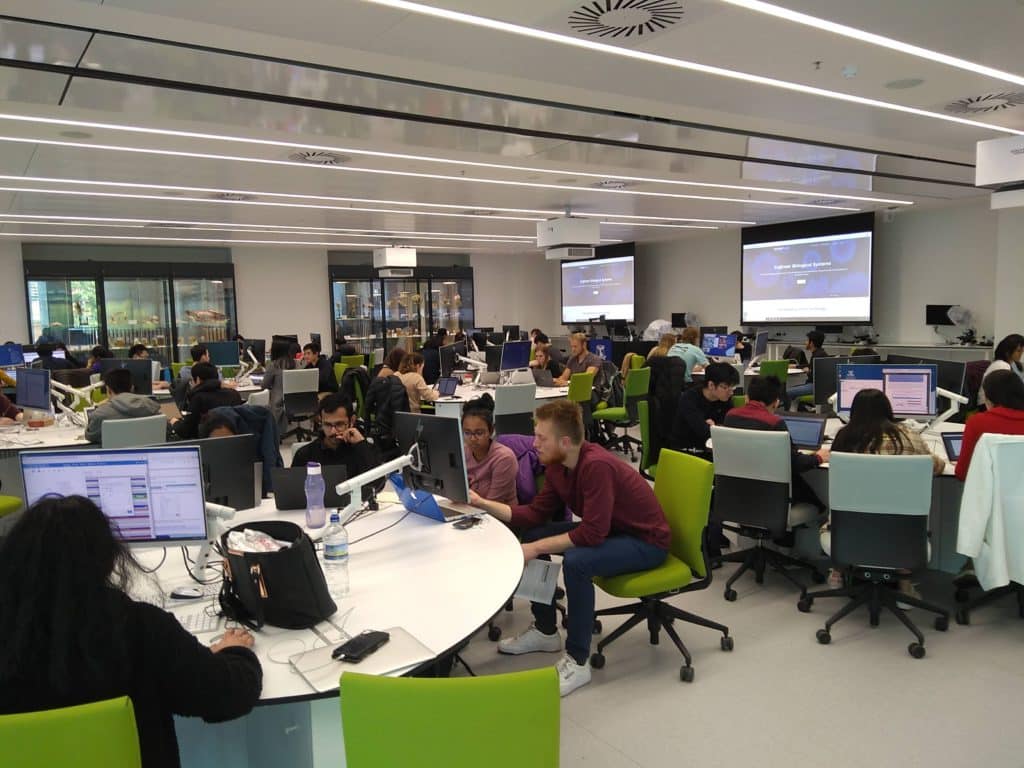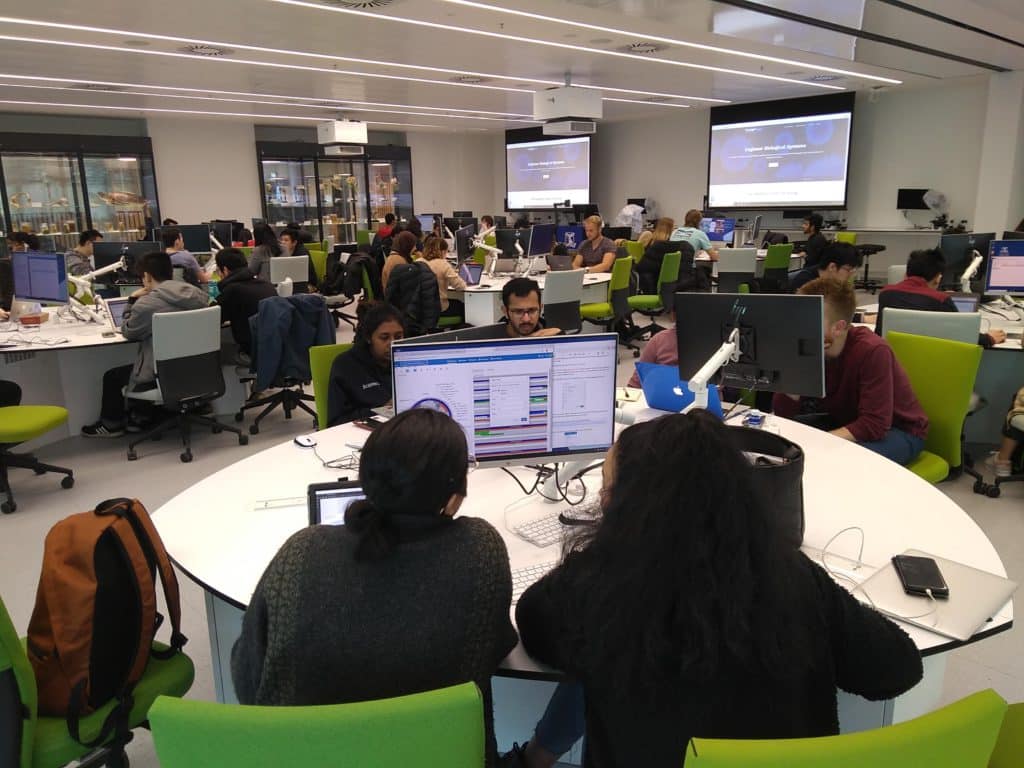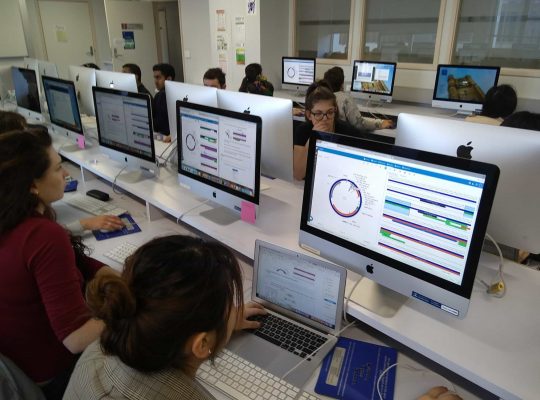How a Professor at Melbourne uses software to teach techniques that will change the world

Joshua Heazlewood, Ph.D., faced a challenge when he came to the University of Melbourne nearly seven ago as an ARC Future Fellow at the School of Botany. As part of his teaching responsibilities, he inherited a master’s-level class on Advanced Molecular Biology Techniques that was – in a word – boring. The course had become stale and no one was interested in taking it. It needed some re-invigorating.
So, Heazlewood started to rethink the subject matter. “What are the techniques that will change the world?” he recalls thinking. Next Generation Sequencing, CRISPR, systems biology, for sure, but then he thought about how much was being done, particularly in California, in synthetic biology. Heazlewood had just finished a position in Berkeley at the Department of Energy at Lawrence Berkeley National Laboratory’s Joint BioEnergy Institute (JBEI), where he worked next door to TeselaGen co-Founder Nathan Hillson, Ph.D, the Director of Synthetic Biology Informatics.
Having identified nine solid topics for the revamped course, Heazlewood started to consider hands-on workshops he could do to show the 100 or so students the nuts and bolts of biotech and synthetic biology. “I wanted to show the kids, what really happens on the ground, what it actually means to do synthetic biology,” he explained. “Then I remembered TeselaGen and their software. I was thinking maybe I could get the students to understand this notion of parts, and how you would assemble them to do combinatorial screening.”
That was the beginning of what has become TeselaGen’s 4-plus-years-long partnership with Heazlewood and his students. Each semester, Heazlewood gives his students access to TeselaGen’s cloud-based software and sets up simulated workflows for them to play around with over the course of a 3-4 hour workshop. They go in, do a promoter bashing test, work out the cost and the pricing, do their experiment, and then do an assay based on fluorescence from a GFP reporter protein. They then have to determine how to use that information to build the next set of constructs. “We take them through a process that mimics in the lab what they would work through – without the wet lab,” he said.

“If you were working in a lab and you were trying to do a synthetic biology project, to test promoter strengths of different E.coli promoters, this is what you would actually do,” Heazlewood said. “I think they really enjoy it.
“The nice stuff about the software is it also has pricing so you know how to do it in the most cost-efficient way. I’m trying to explain that when companies do this they are going to design 10,000 combinations then price it. Even if primers only cost $1.50 each, that’s a huge impact if you’ve got to make 10,000 combinations.
“They get the notion that doing this thing at an industrial level is expensive, and you need to think about what scales efficiently.”
Under the collaboration, students have access to TeselaGen’s state-of-the-art software, while TeselaGen has the benefit of feedback from inexperienced students “going in and breaking things,” Heazlewood said. It’s a bit of a stress test. The students particularly like the real-world aspects of the program, understanding how industry deals with problems and how they use software techniques to solve them.

“A lot of these kids haven’t even used any other software. Amazingly, they’ve come through undergrad and started their masters and they’ve never really had to take a piece of DNA and splice it into a plasmid or cut it out.
“Some of the PhD students who help in the class are introduced to TeselaGen software and they are like, oh wow, this is really cool. They like the notion that you can select a cloning strategy, push a button and get instructions. Once you get into it, it’s a pretty powerful tool.”
